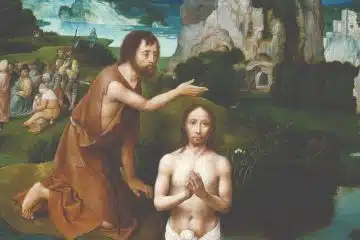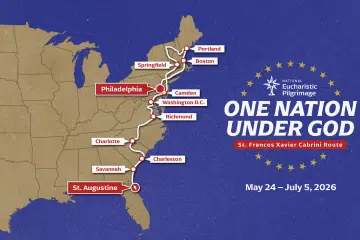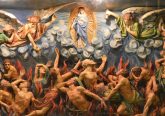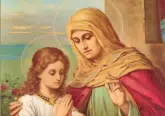Making Saints
How does the Church decide whether someone is a saint?
Sometimes it is said that the Catholic Church “makes” someone a saint, but whether a person is a saint or not is decided by God, not the Church. At the same time, there is a lengthy Church process for declaring whether someone is to be numbered among the saints.
WHO ARE THE SAINTS?
The definition of a saint is simple: anyone who is with the Lord in heaven. Now in the presence of God, saints have a special relationship to us: “They contemplate God, praise Him and constantly care for those whom they have left on earth… We can and should ask them to intercede for us and for the whole world” (Catechism of the Catholic Church, §2683).
The Church recognizes that most saints will never be known by the Church, but the process for declaring someone a saint is beneficial to the faithful. It includes an often-long inquiry that explores the person’s life, memories of them and the fruits of their prayers, and involves theologians and historians who determine whether there is evidence of heroic virtue and miraculous intercession.
THE INVESTIGATION
The inquiry into sainthood (their “cause”) is divided into three stages. Beginning at the local level, the diocese in which the potential saint died collects primary evidence on the person’s life and virtue because it is necessary to prove that the individual exercised virtue to a heroic degree and possesses a reputation for virtue and intercessory power. This stage begins no earlier than five years after death (unless waived) and, ideally, no more than 30 years after death, so that those who knew the person can give testimony.
They investigate the facts of the person’s life, review all of the person’s writings and create a list of witnesses, which includes those who knew the person and can offer favorable or unfavorable evidence. If the investigation affirms heroic sanctity, the diocesan phase concludes with the local bishop’s decree naming the person a “Servant of God.” The evidence is sent to Rome where the Congregation for the Causes of Saints evaluates it.
MIRACLES
Since only those who died and are in heaven can intercede for those on earth, evidence of miracles (usually healings) testifies to the person’s saintliness. A miracle is proved when there is no natural explanation and the Servant of God’s intercession was specifically and directly invoked.
When a panel of experts affirms a single miraculous intercession, the Congregation for the Causes of Saints considers it, and when viewed as legitimate, the potential saint is “beatified.” For those who are not martyrs, a second miracle, occurring after beatification, must be approved, and the final judgment rests with the Holy Father.
CANONIZATION
When, in the Church’s judgment, there is sufficient evidence, the sainthood inquiry concludes with a canonization decree in which the Church solemnly proclaims that the individual evidenced heroic virtue and lived in fidelity to God’s grace. The new saint can then be celebrated publicly and liturgically. The decree is read at a special Mass of canonization celebrating the saint as worthy of imitation and intercession.
The investigation and canonization of saints is intended to foster devotion among the faithful. Saints are sure intercessors in heaven and models of the Christian life. The lengthy and careful process of discovering who is among the communion of saints helps us recognize that holiness is present in every place and age, inspiring us to greater fidelity to God.
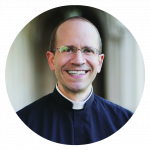 Father David Endres is associate professor of Church history and historical theology at Mount St. Mary’s
Father David Endres is associate professor of Church history and historical theology at Mount St. Mary’s
Seminary & School of Theology.
This article appeared in the March 2022 edition of The Catholic Telegraph Magazine. For your complimentary subscription, click here.



